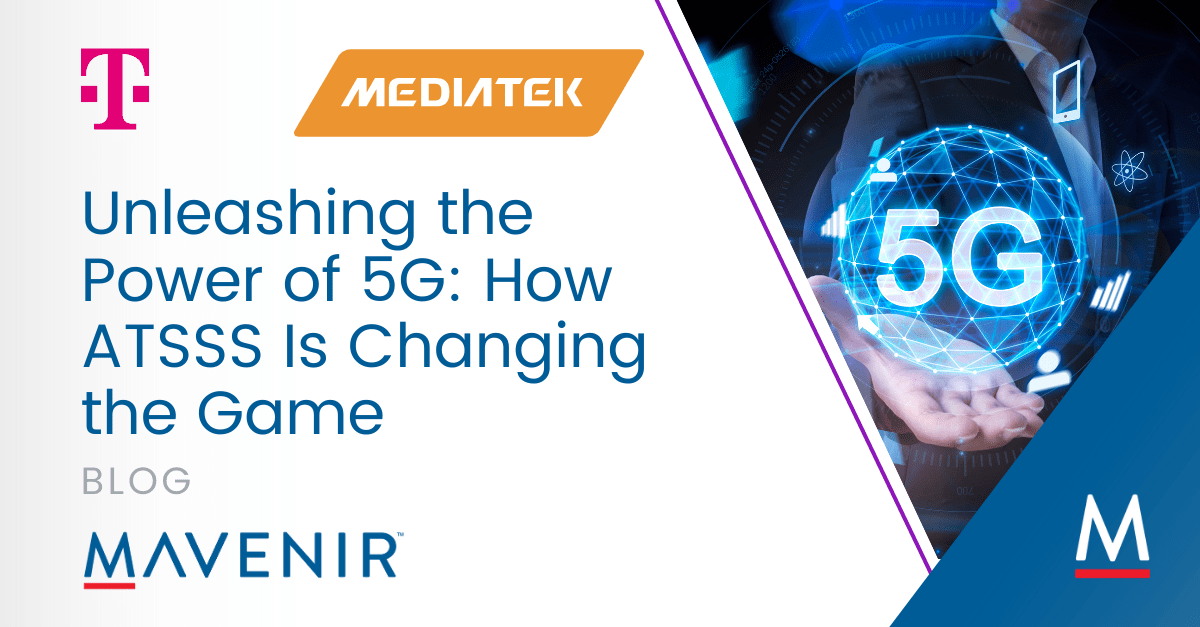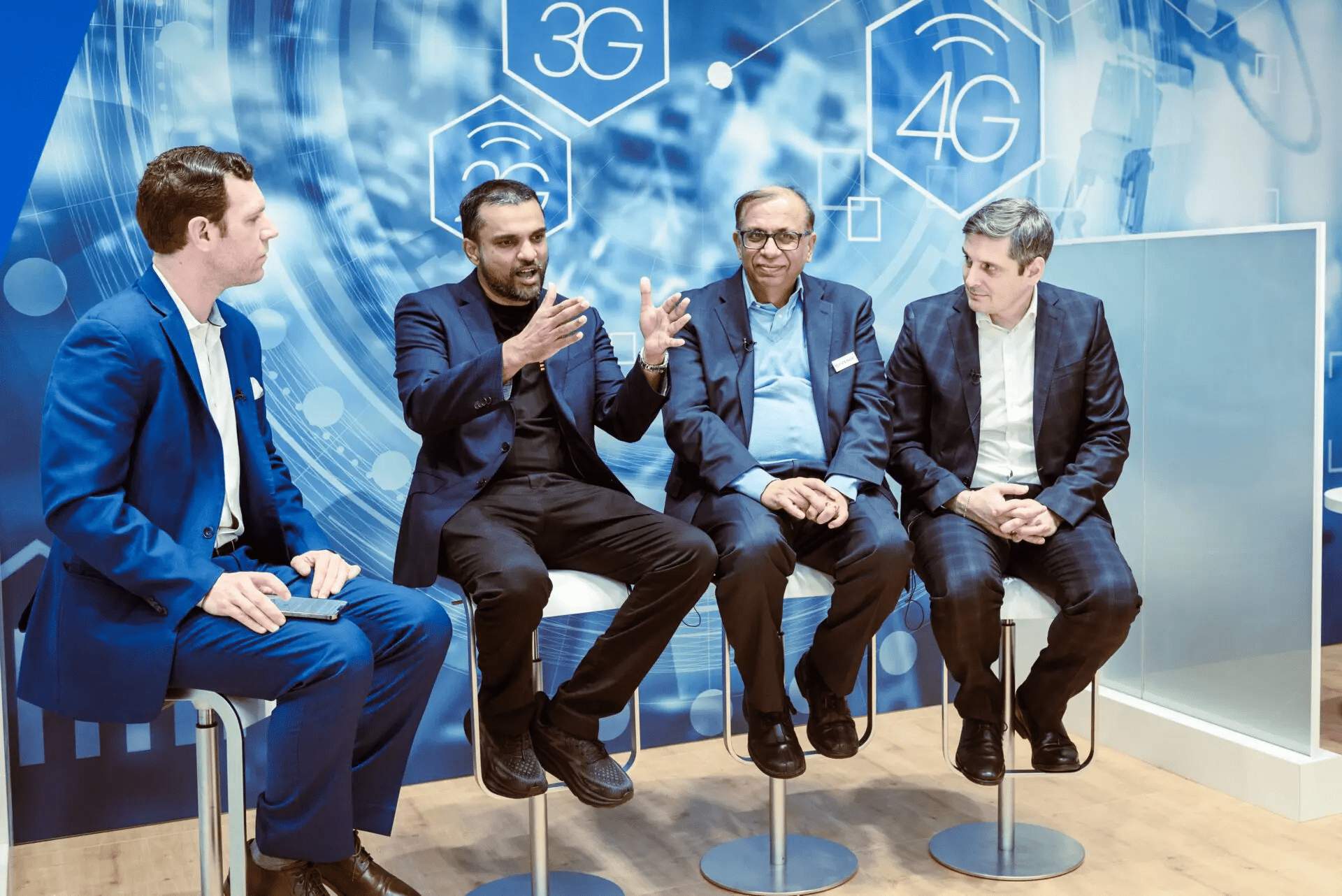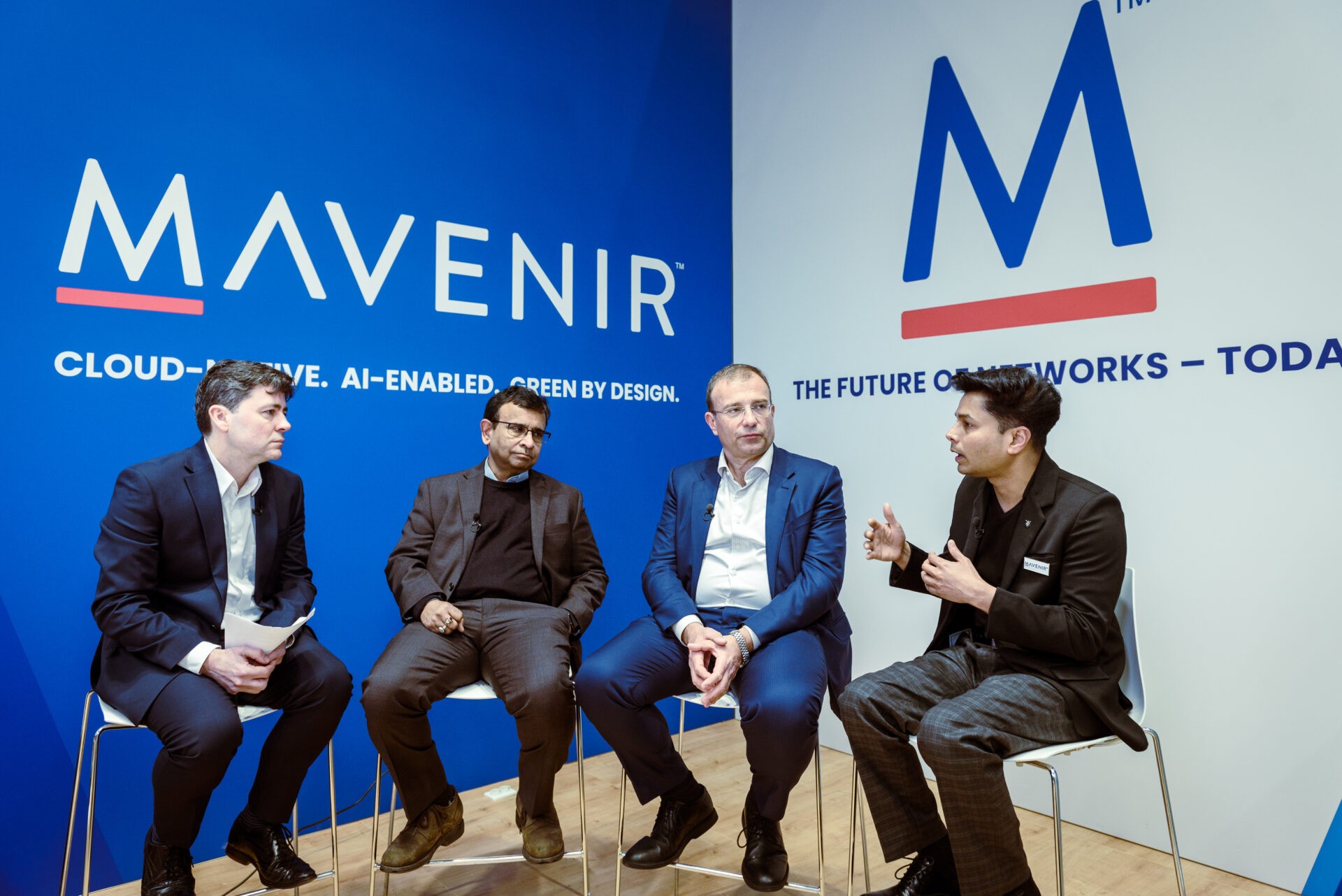MOBILE COMMUNICATIONS — THE FABRIC SUSTAINING TODAY’S BUSINESS PRODUCTIVITY

Sometimes, we don’t realize how much of an impact technology has on our lives. When an innovation makes our tasks easier, we quickly find ways to integrate it into our daily activities; until it reaches a point when we start taking it for granted. For example, I still remember how excited I was twenty years ago when I got my 64kbps ISDN connection installed in my apartment. Wow! A fully digital connection that doubled the 33.3kbps Internet that modem users where getting, and that allowed me to work from home and upload my 5Mb PowerPoints in about 10 minutes. Today, getting a symmetrical 50Mbps—where I can provide sales presentations in HD video to my customers in any corner of the world and, after my job is done, stream 4K movies and TV shows—is taken for granted.
But we don’t have to go that far back in time. Let’s just look at the last twelve years since the introduction of the iPhone in 2007. The entire world has changed their behavior. Almost everyone has a smartphone in their hands these days and we rely on a growing set of mobile applications for both leisure and work.
Business communications have also pivoted towards mobility. Miniaturization and cost reduction have led us to a redefinition of the work environment. Today, the average worker uses a laptop and a smartphone as their primary business tools and we can perceive the changes in behavior if we ask ourselves the following questions:
- How often do you use a desk phone? — I personally do not use it. I use my mobile for all my business calls.
- How important is texting as a form of business communication for you? — I use it every day to interact with colleagues, providers, customers and for other vital activities like trip delays, travel changes, weather alerts, and more.
- What kind of user experience are you accustomed to? — When you want to call someone, do you dial a short code or look for them in your contacts? (I just say “hey Siri, call my boss”). Do you use keypads and star codes, or do you tap and swipe menus and buttons? What’s easier for you, adding a third person to a call on your desk phone or on your mobile?
Business environments are becoming mobile and are adopting the full mobile way of life, including user interface and user experience expectations; and many of its advantages are now taken for granted. Customers are expecting mobility to be included in their daily experiences.
However, if we look at the landscape of business communications available for businesses of all sizes, we see monolithic solutions, some of them with their own independent components, for unified communications and collaboration (UCC), business messaging, customer engagement and connectivity. Most businesses are acquiring these elements independently, from different vendors and mostly as wireline solutions that have been converted to run on an app hosted on a mobile device, but with limited or no integration among these independent services.
For example, employees may use a UCC app to see each other’s presence and message internally, but they have to use their mobile SMS application to interact with external customers and providers. Or perhaps they have to use one tool to host a meeting with colleagues and a different one to do it with customers. This is not an efficient way to run the business.
There is another behavioral shift. Traditionally, business communications meant enterprise telephony; the solutions were designed for the medium to large enterprise and focused on the desk worker. That has also changed. Today, more than 80% of businesses have fewer than 10 employees and 80% of the global workforce are mobile “deskless” first line workers and the top 8 deskless industries—agriculture, education, healthcare, retail, hospitality, manufacturing, transportation and construction—employ 2.7 billion employees worldwide.
All over the world, mobile network operators (MNOs) have deployed high bandwidth, high capacity mobile networks that provide many of the building blocks required to cater to the communications needs of modern businesses, both small and large. These components can be interweaved to form a mobile fabric that adapts to these needs and sustains future innovation by adding new components and services that can be re-combined with existing services to increase efficiency or deliver more value by means of mobile-native business communications solutions.
MNOs as well as channel partners are well positioned to bring these mobile-native user experiences to the market. They are just missing the fabric, the threading of these components into solutions that they can easily put in the hands of businesses of all sizes.
At Mavenir, we have been working for some time to provide a response, to help businesses transform the way they communicate and interact internally and externally, addressing mobility from the beginning (not emulating it on an over-the-top application) and removing the inefficiencies.
The result of all this work is Mavenir’s Mobile Business Fabric; a fluid and dynamic framework of mobile-native components that delivers integrated business solutions designed for the small and medium business with a focus on the deskless, first-line worker, but with the ability to scale for large enterprises, that integrates mobile voice, mobile video, rich communication services (RCS) and SMS messaging, voicemail, interactive voice response (IVR), chatbots, SpamShield™ fraud management and monetization enablers into secure, carrier-grade cloud offerings.
All these enablers are combined with digital enablement capabilities for provisioning, onboarding, and invoicing businesses. This embedded functionality avoids long, complex and costly integrations with the existing legacy business support systems (BSS) of the service provider or channel partner, accelerating time-to-market and time-to-revenue.
We are determined to usher in a new era of mobile-native business communications where the different components are so well integrated, so easy to subscribe and consume, with the reliability and quality of service of the mobile network, and so intertwined into our daily lives, that people just take them for granted. Because they just work.
If you’d like to know more about it, please visit our Mobile Business Fabric web page.



